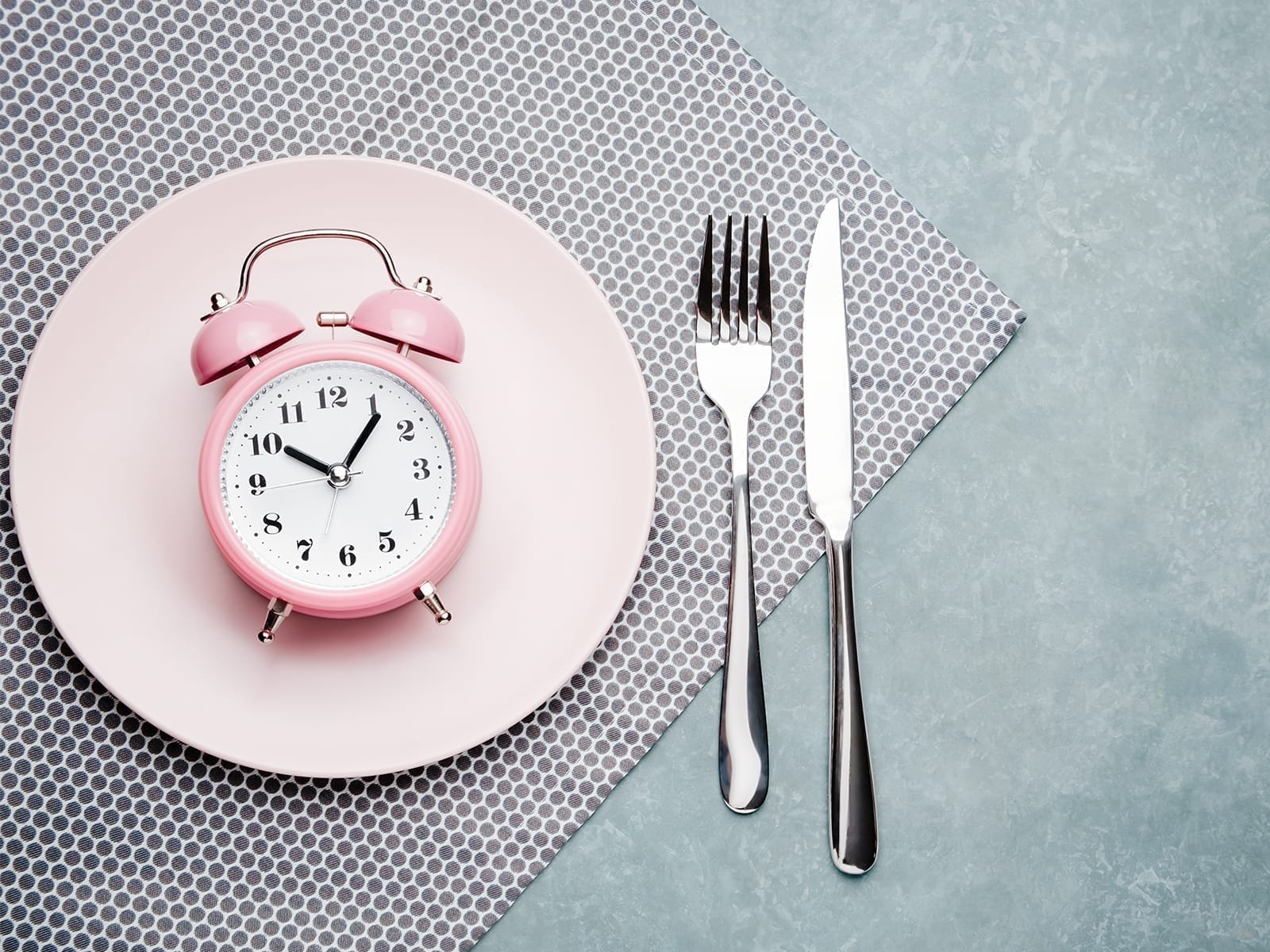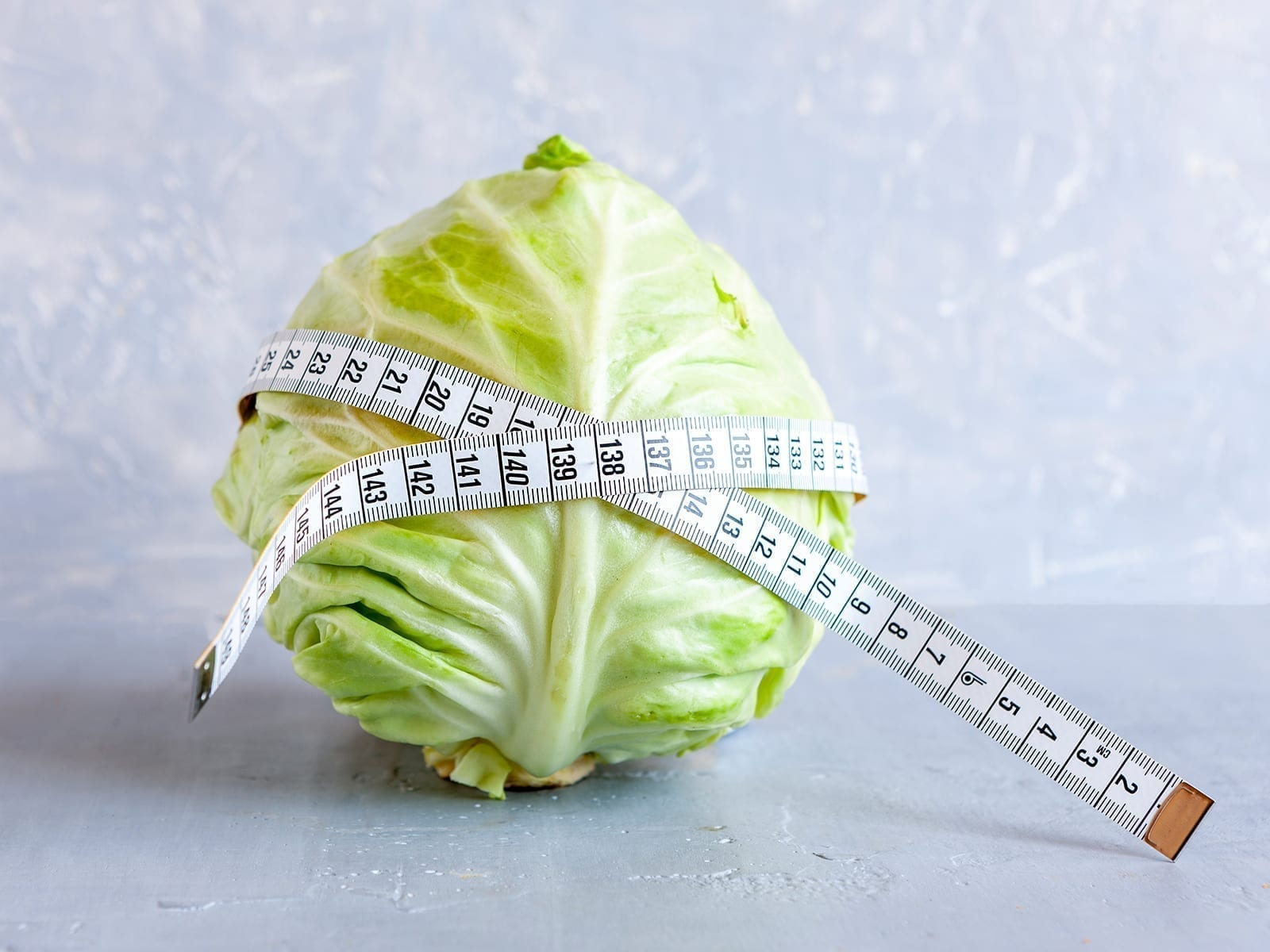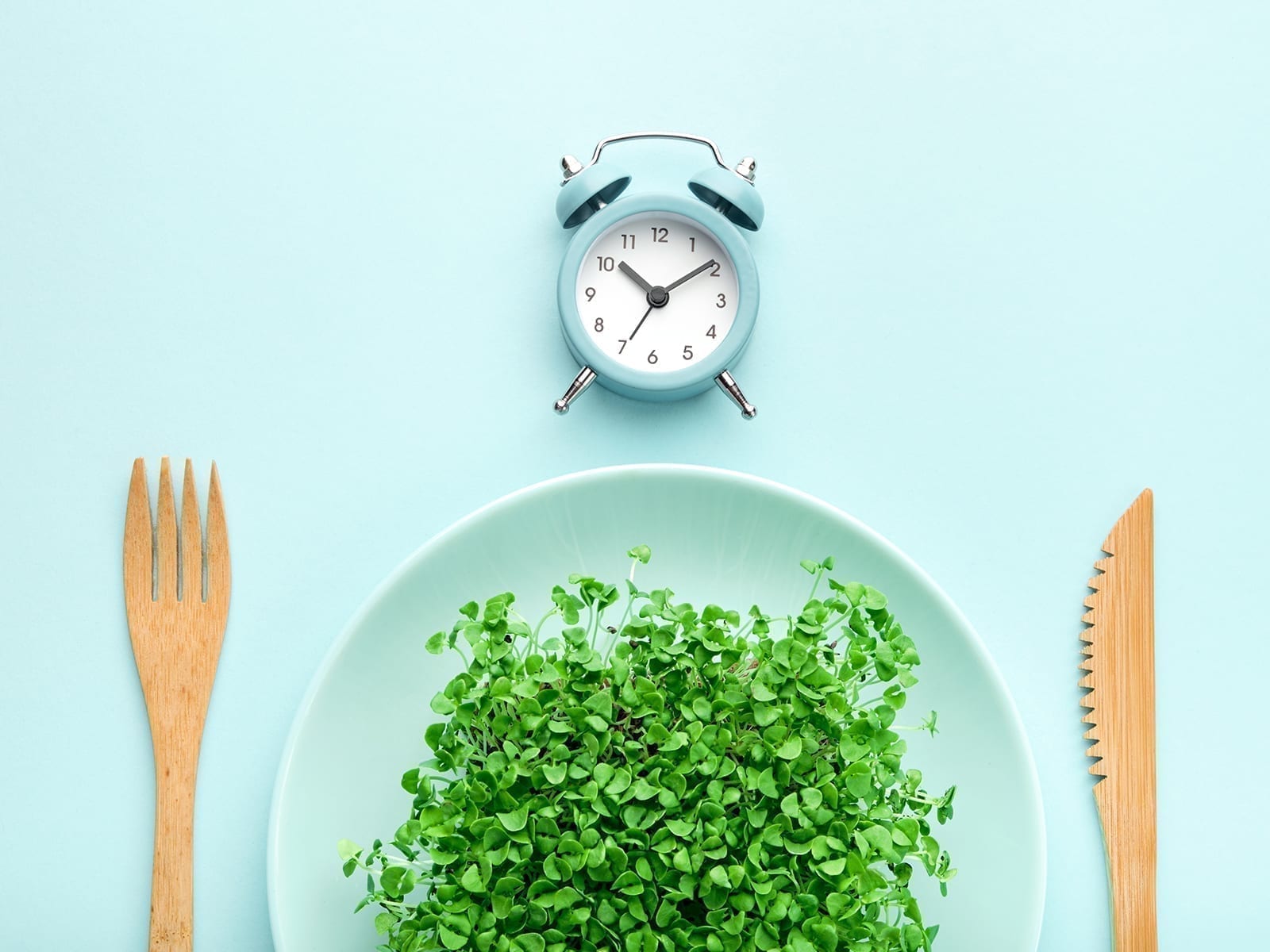One of the world’s most popular health trends includes Intermittent Fasting. This fasting activity is about restricting yourself from any intake of food for a set amount of time in a day. This 16:8 intermittent fasting for weight loss is a diet where an individual has an eating window of eight hours to consume the calories needed and follows a fast for the rest 16 hours each day. It uses the trick that high metabolism aids weight loss.
Intermittent fasting for weight loss has proven to be one of the very effective diets as it helps an individual consume less calories. This happens because short eating window snacks are eliminated (or reduced) thereby aiding in weight loss.
Your Fasting Schedule

Like any other diet plan, it’s very important to follow and stick to a schedule for fasting and eating. This can vary for every individual depending upon their routine and the time they usually do not eat.
- For instance, if you like your breakfast like a king and you are an early sleeper, open your eating window early in the day (8am to 4pm)
- If you are an individual who already follows a disciplined eating pattern and prefers an early dinner, keep your eating window in the middle of the day (11am to 7pm)
- And if you do not wish to compromise on eating out and dinners with friends, you can choose to keep your eating window later in the day (1pm to 9pm)
Intermittent Fasting Friendly Food Items

Intermittent fasting and weight loss are more about eating right and staying healthy, it is advisable to choose wisely what you eat in your meal. Unlike other popular diets, there is no restriction on carbs or protein or sugar, but it’s best if you monitor what food you choose to up your protein or carb or to even settle sugar cravings.
- To take care of the protein intake, you can go for soy, seeds and nuts, eggs, beans and legumes and also dairy products (milk, yoghurt).
- To maintain the carbs, some of the healthier carbs than usual are; chickpeas, avocado, sweet potato, brown rice, oats, quinoa, kidney beans and so on.
- To balance your fats you can opt for cheese, full-fat yoghurt, almond and avocado.
- Lastly, to satisfy your sweet tooth, go for dark chocolate, mango, berries, flavoured sweetened yoghurts and smoothies.
Pro Tip: Eat CLEAN with a side of lean PROTEIN! Watch this video to learn about 5 ways to add protein to your diet!
Your Meal Plans

As it’s said that intermittent fasting is more about when we eat instead of what we eat, but there are some foods that are advisable to avoid while following any intermittent diet plan. Any kind of processed food and meat, candy bars, sugar-sweetened beverages and refined grains are best to avoid.
Now as we know the importance of eating right during the eating window, it’s better to have a special intermittent fasting meal plan according to your schedule.
Early Eating Window Meal Plan
| 8am | Whole grain toast with egg scramble. |
| 10am | Yoghurt with granola / small portion of smoothie. |
| 1pm | Grilled chicken with vegetable stir fry and brown rice. |
| 4pm | Tea / coffee with a veggie muffin or sukha bhel |
Mid-Day Eating Window Meal Plan
Start your day with a cup of black coffee/tea (no refined sugar, milk & cream).
| 11am | Peanut butter smoothie or flavoured yoghurt with granola |
| 2pm | Multi grain toast with avocado spread or grilled vegetables |
| 5pm | Nuts with a piece of dark chocolate on the side |
| 7pm | Wheat pasta with meatballs or stir fry vegetables with brown rice or eggs |
Late Evening Eating Window Meal Plan
Start your day with a cup of black coffee/tea (no refined sugar, milk and cream).
| 1pm | Chia pudding with your favourite berry or fruit. |
| 4pm | Black bean quesadilla (prefer wheat base for the tortilla, cheese of your choice, black beans, bell pepper, and taco seasoning) |
| 6pm | A fruit (apple/pear/banana/mango) |
| 9pm | Grilled salmon/chicken/paneer, vegetables, and quinoa |
Intermittent fasting weight loss plan may vary for people who only like to eat Indian food, or are vegetarians or vegan. Here are very basic intermittent fasting Indian meal plans for:
A Mid-Day Eating Window
Start your day with a cup of black coffee/tea (no refined sugar, milk, cream).
| 12pm | A bowl of Russian salad with a sprinkle of flaxseed powder or a bowl of egg salad. |
| 2pm | 2 multigrain rotis with veggies or a bowl of brown rice with veggies or a bowl of dalia or upma. |
| 5pm | One cup of milk/tea/coffee with sukha bhel with mixed seeds or a handful of nuts or a fruit of your choice (apple/pear/mango/papaya/watermelon). |
| 7:30pm | One bowl of soup (tomato, mix veggies, spinach, broccoli) with a bowl of vegetable oats khichdi with kadhi or two idlis with sambar or grilled chicken with veggies. If you have a sweet tooth, go for dahi with mango or berries or small pieces of dark chocolate with some nuts. |
Since a lot of people these days have started shifting to a vegetarian/ vegan diet, here is a sample of intermittent fasting vegetarian diet plan for a mid day eating window. In case you’ve taken that further step and turned vegan, you can replace the below with vegan-friendly food items.
Start your day with a cup of black coffee/tea (no sugar, milk, cream).
| 11am | Chia pudding or protein shake or veggie muffins |
| 1pm | 2 multigrain rotis with veggies or legume or a bowl of brown rice with veggies, two idlis with sambar. |
| 4pm | A fruit of your choice or nuts with a small piece of dark chocolate or a protein bar or flavoured yoghurt of choice. |
| 7pm | Veggie burger in multigrain bread or a bowl of quinoa or bowl of Mediterranean salad or vegetable stir-fry. |
Dos & Don’ts Of Intermittent Fasting

Like any other diet plan intermittent fasting for weight loss comes with its own do’s and don’ts that one must adhere to.
The Dos Of Intermittent Fasting
- Most important thing is to check with your doctor, as people with high or low blood pressure and sugar levels might face health issues because of fasting.
- Intermittent fasting for fat loss has shown very promising results when combined with a workout plan that suits an individual’s body.
- Intermittent fasting is a dry fasting where an individual stays away from food intake, but it is very important to up the intake of fluids, especially water to refrain from dehydration. While choosing fluids it is important to avoid fluids with sugar content.
The Don’ts Of 8:16 Diet Plan
- Never break the fast with a heavy meal, it is extremely important to watch the quantity of food intake when you break the fast after 16 hours of fasting. It is advisable to go for a small portion of nutritious and rich in fiber food.
- Do not consider your eating window as a free pass to binge on food items that have a high content of sugar, saturated fats and processed food.
- Never ignore the power of eating small portions of meals while you follow any diet plan for weight loss. Eating a big portion of food will make you feel lazy and will negatively affect your digestive system.
3 Key Takeaways

- There is a very significant result in people observing intermittent fasting before and after, but the key to weight loss along with a significant inch loss is dedication.
- Like any other diet plan one has to restrict and limit the portion and calorie intake.
- Use your eating window to eat small portions of food items that your mind is craving for, this helps in maintaining a discipline while keeping your taste buds satisfied.
FAQs – Frequently Asked Questions
Q. Can people with diabetes and blood pressure follow intermittent fasting?
A. There have been studies performed where it was seen that people suffering from type-2 diabetes and blood pressure issues were able to control their high blood pressure and stop their insulin treatment after intermittent fasting. However, it is also strictly mentioned by experts that more research is needed and people shouldn’t undertake this without consulting a doctor.
Q. Can I exercise while fasting?
A. Yes, it is absolutely okay to exercise while fasting. The key to any form of weight loss or muscle gain is not just intake of lots of calories and exercise but also hormone optimisation. According to various researchers intermittent fasting works fine but combing the fasting with sprint training might take this to a whole new level.
Q. How long will it take to get used to the intermittent fasting?
A. It normally takes around five days to a week (depending on individual’s body) to get used to the fasting and eating routine.However, if you feel dizzy or nauseous then instantly break your cycle with a healthy meal. There’s no hurry to power through the journey. Give your body a chance to drop weight steadily. Take breaks, do it for a shorter period of time and you will gain results much faster.
Q. Can I drink tea/coffee during fasting hours?
A. Yes, any drink without milk, sugar or crème can be consumed during the fasting hours. Few drinks that are advisable are black coffee/green tea/black tea/ naturally flavoured water. There’s a general rule of thumb that you’ll be fine as long as you drink anything that is below 50 calories so that your body remains in the fasting stage.
Q. How do I deal with fatigue when fasting?
A. Staying hydrated is the key to dealing with fatigue when fasting. Drinking plenty of water, meditation and sound sleep helps in keeping up with energy levels. Apart from the above, try aromatherapy and use caffeine wisely. The smell is considered to be the strongest of senses and by utilising this we can positively affect our productivity, brain function and fatigue.
Now that you are determined to commit yourself to intermittent fasting, also watch this video and debunk some common weight loss myths!

